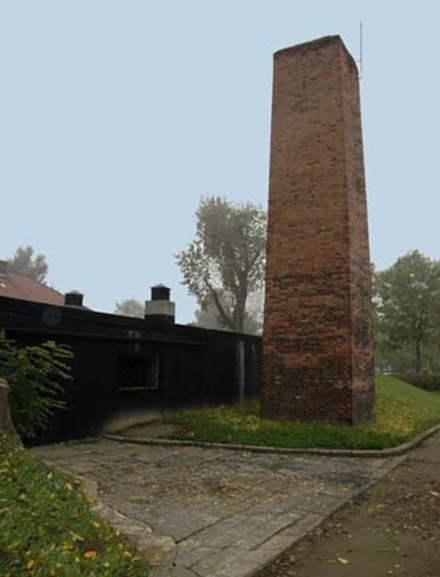Express
March 10, 2014

John Ford, John Huston, Frank Capra, William Wyler and George Stevens all enlisted despite their glittering Hollywood lifestyles and joined other filmmakers recording the Allied advance across occupied Europe and in the Pacific.
Their films aimed to boost morale among troops and cinema audiences around the world as well as providing an accurate historical record of epic battles, according to Five Came Back by movie historian Mark Harris.
Yet while the directors distinguished themselves by regularly braving enemy fire to film in the thick of the action, they also all resorted to “re?enacting” some scenes and even creating others.
By 1942 John Ford, who had won Academy Awards for The Grapes Of Wrath and How Green Was My Valley, had been awarded a Purple Heart for wounds received while filming The Battle of Midway.

Ford also co-directed December 7 for the US Navy, which recounted the Japanese attack on Pearl Harbor and won the 1944 Oscar for best short documentary. Almost all of it, says Mr Harris, was fiction.
Less than four minutes of genuine footage of the air attack exists and Ford and his co-director Gregg Toland, who had been the cinematographer on Citizen Kane, staged their own using model battleships and aeroplanes in the Fox studio in Hollywood.
This was embellished with “entirely staged” shots taken in Hawaii of American sailors manning anti-aircraft guns “to perfectly frame our response to a surprise attack”, says Mr Harris.
“Even 70 years after Pearl Harbor, we still so want that to be true. Only it wasn’t,” he said.
